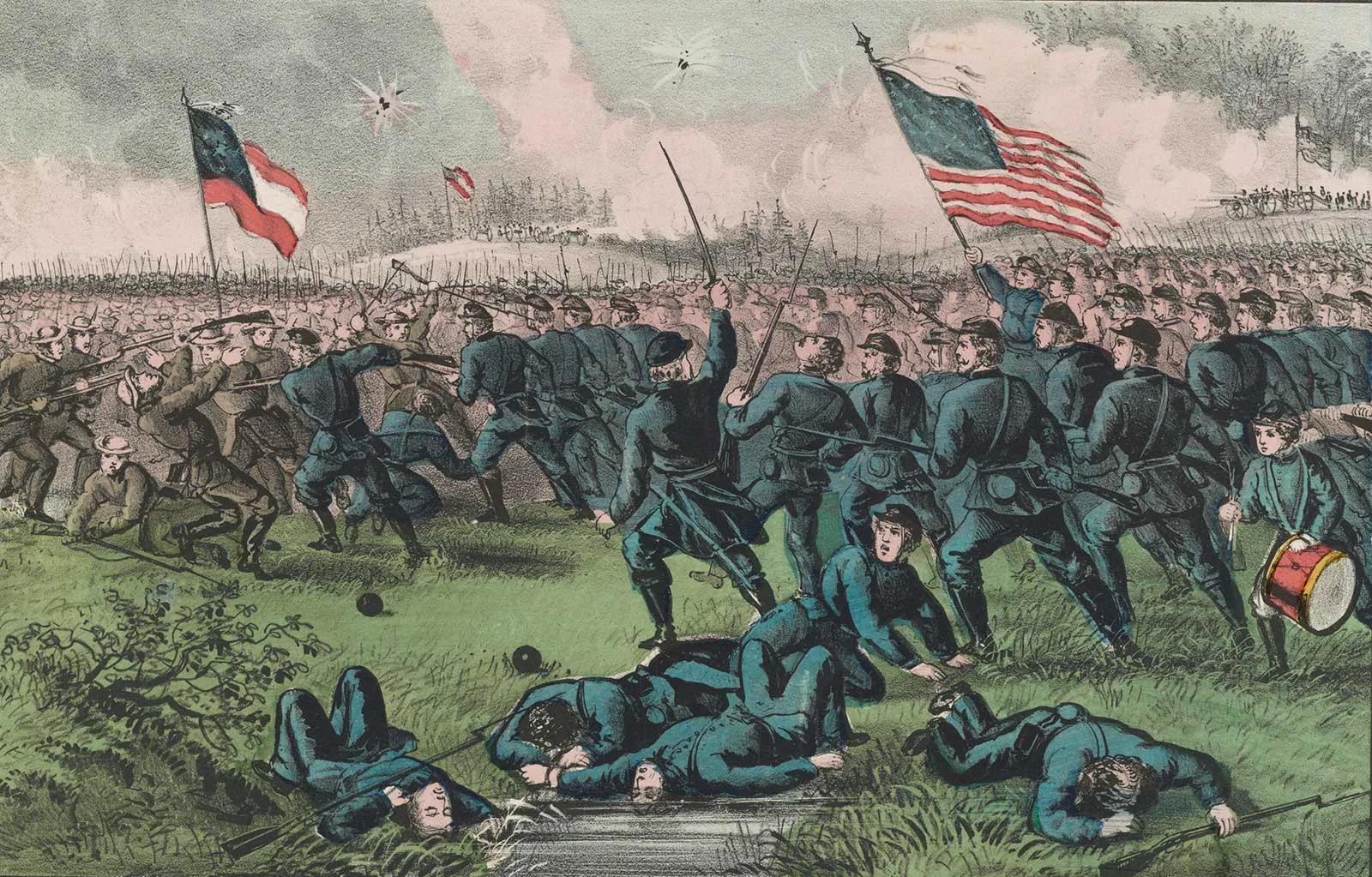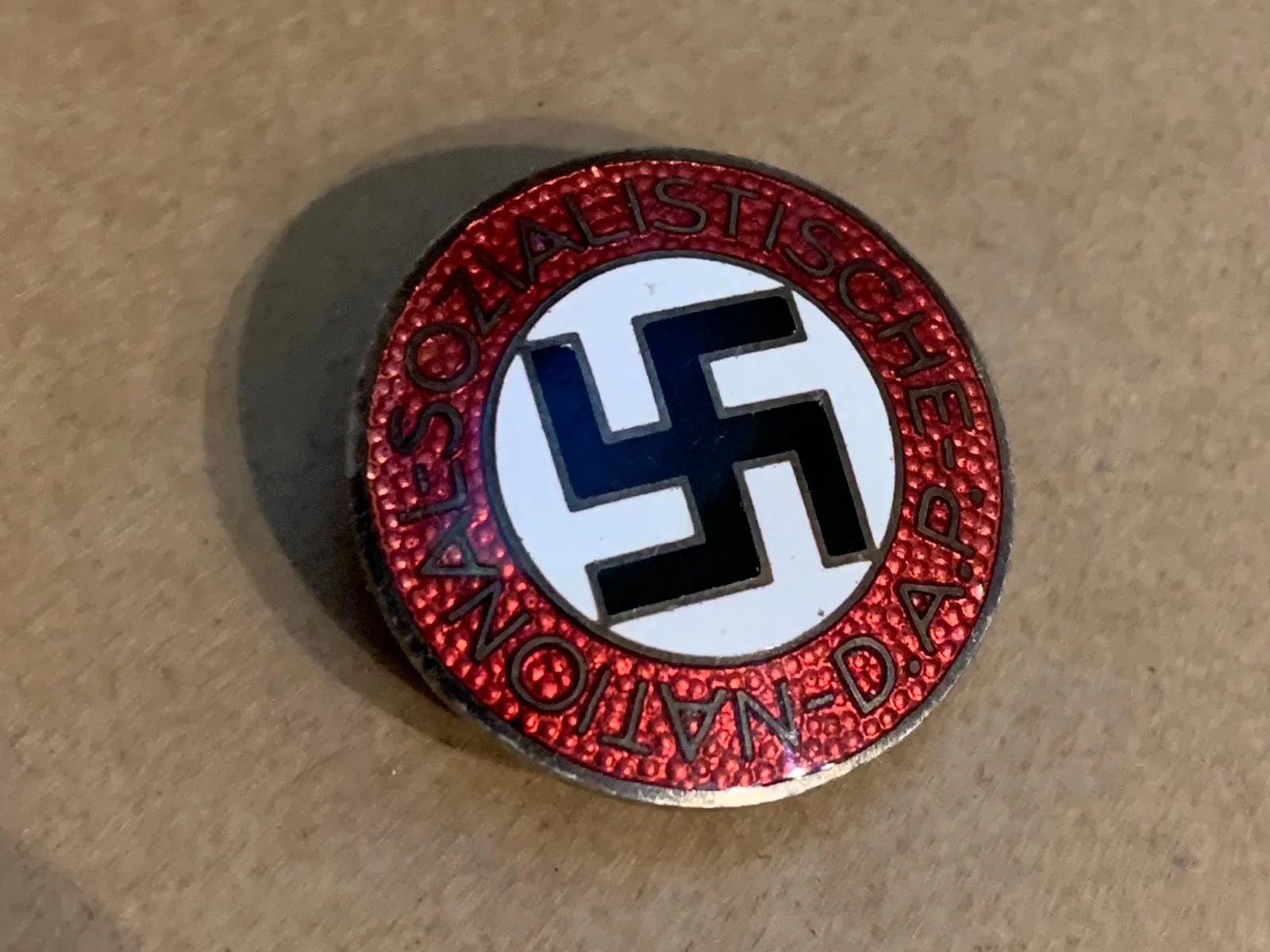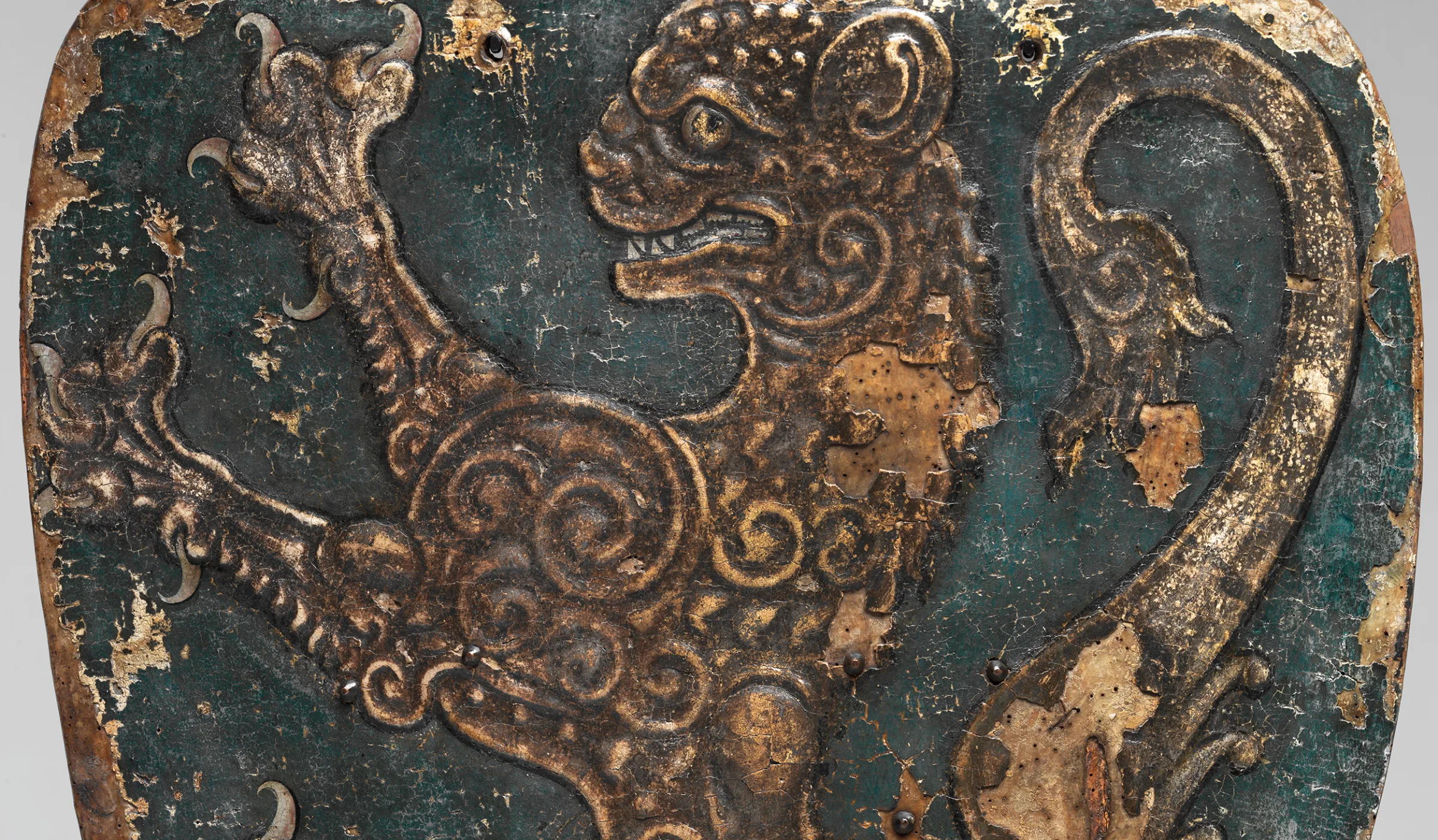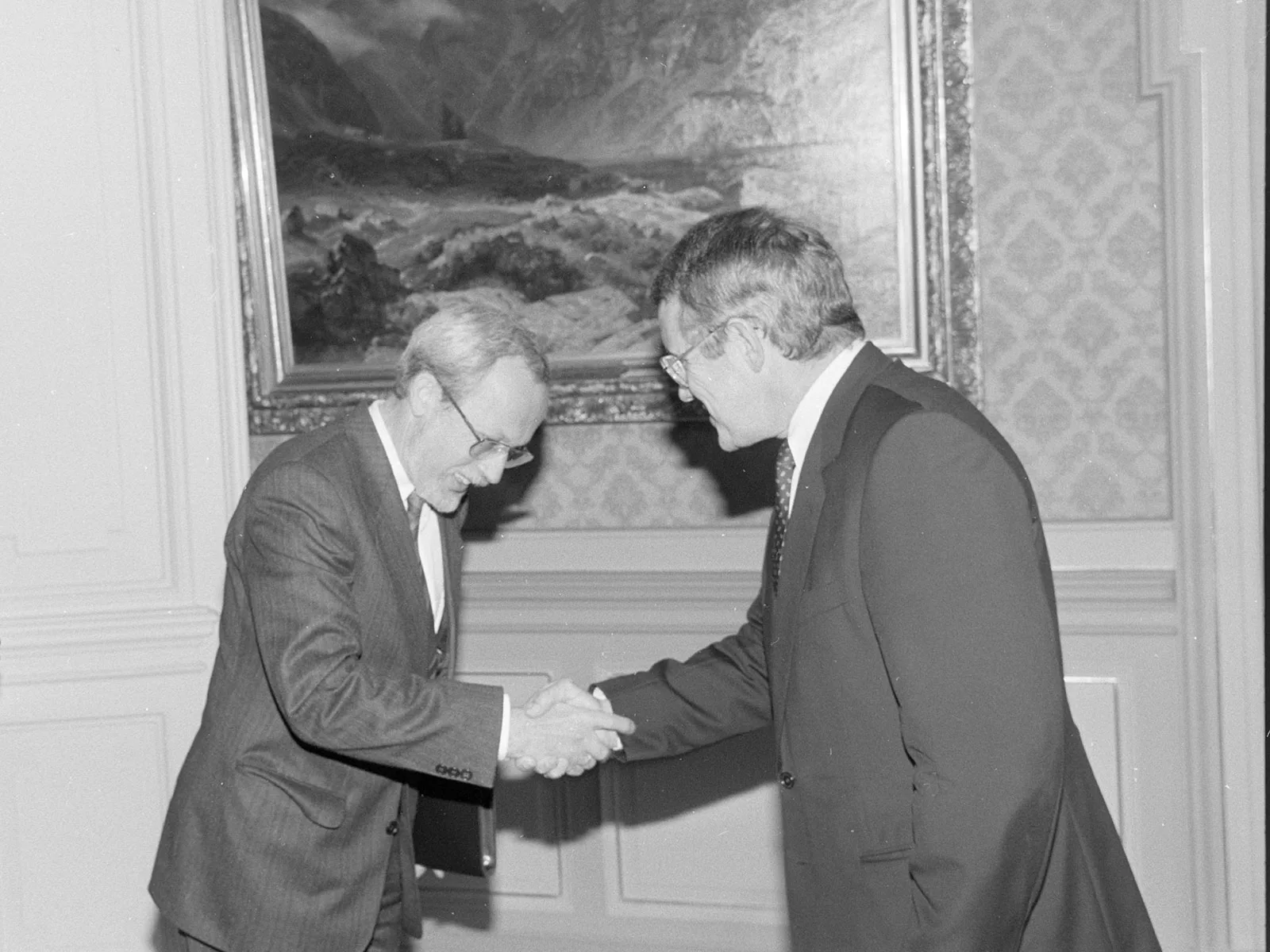
The First should be the Last
For decades, the communist regime in East Germany made great efforts to establish closer relations with Switzerland. Three weeks after a GDR prime minister visited Bern for the first time, the East German state ceased to exist.
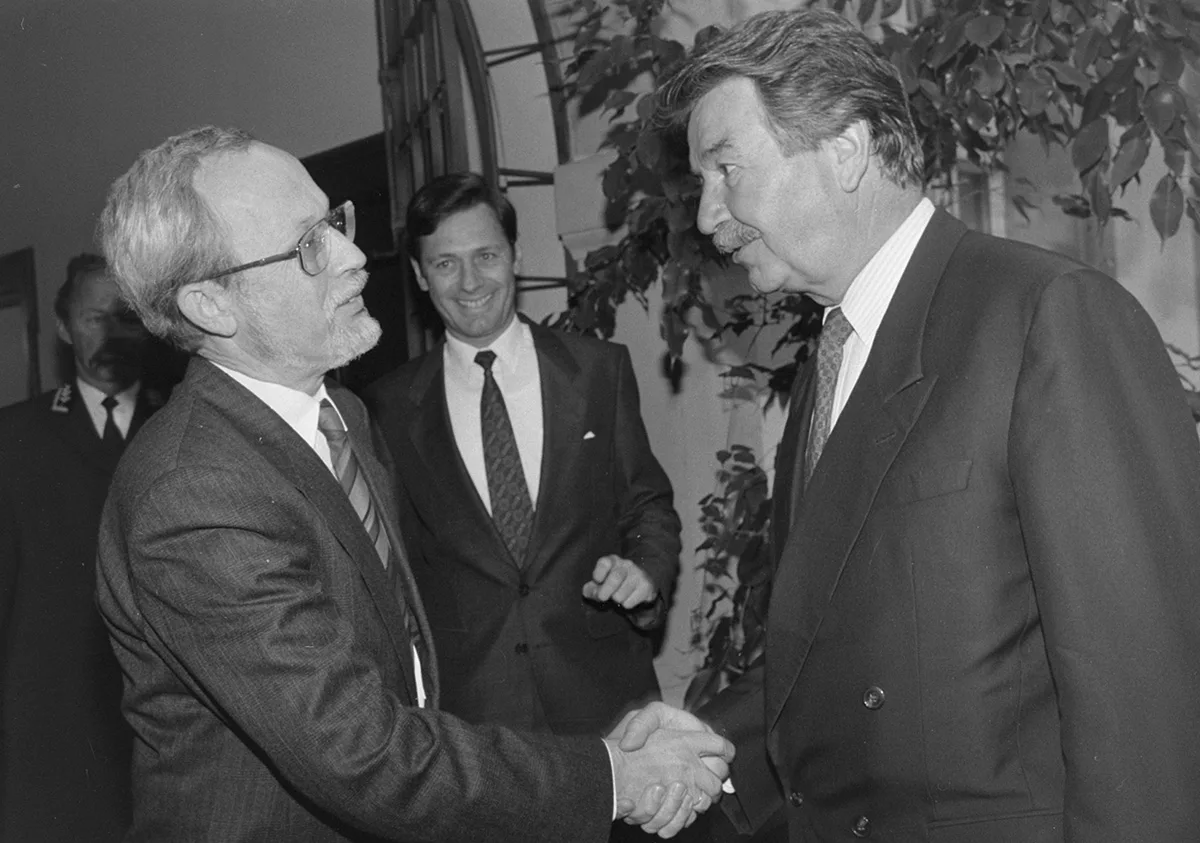


Video of the fall of the Wall, from 1989. YouTube
Joint research
This text is the product of a collaboration between the Swiss National Museum (SNM) and the Forschungsstelle Diplomatische Dokumente der Schweiz (Dodis), the Diplomatic Documents of Switzerland research centre. The SNM is researching images relating to Switzerland’s foreign policy in the archives of the agency Actualités Suisses Lausanne (ASL), and Dodis puts these photographs in context using the official source material. The files on the year 1990 were published on the internet database Dodis in January 2021. The documents cited in the text are available online: dodis.ch/C2111.

